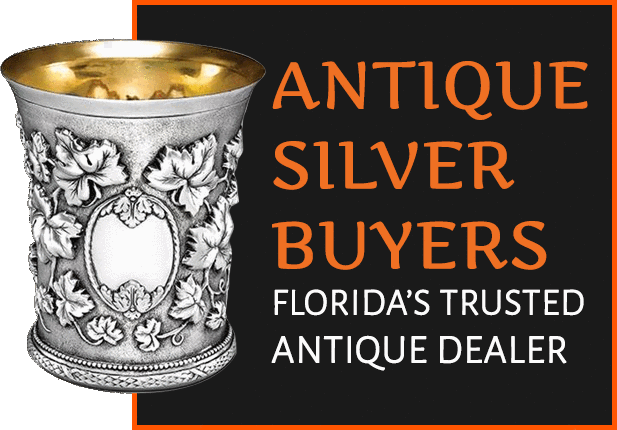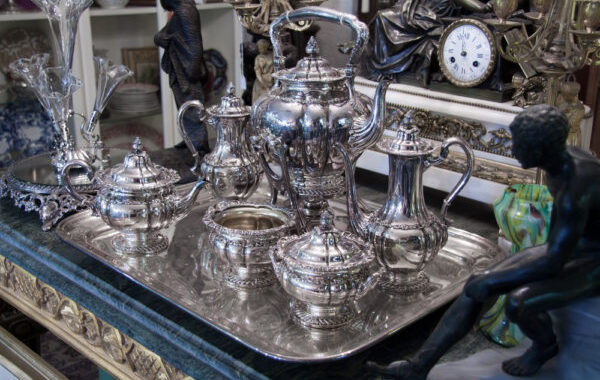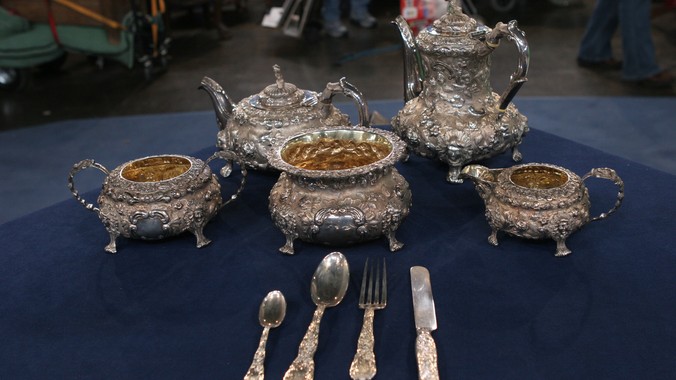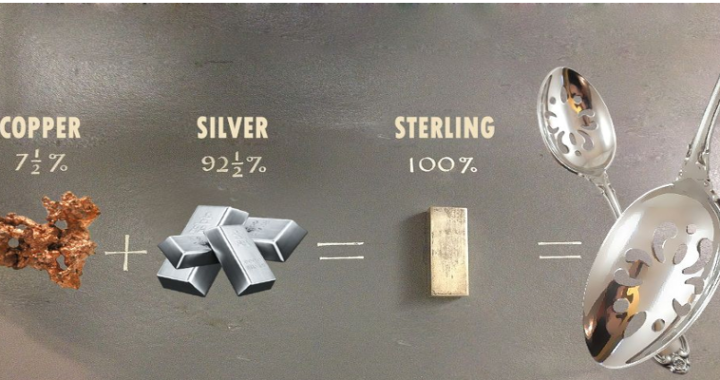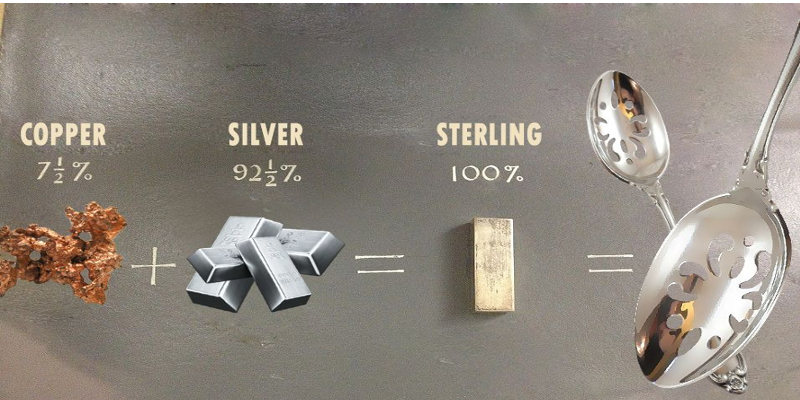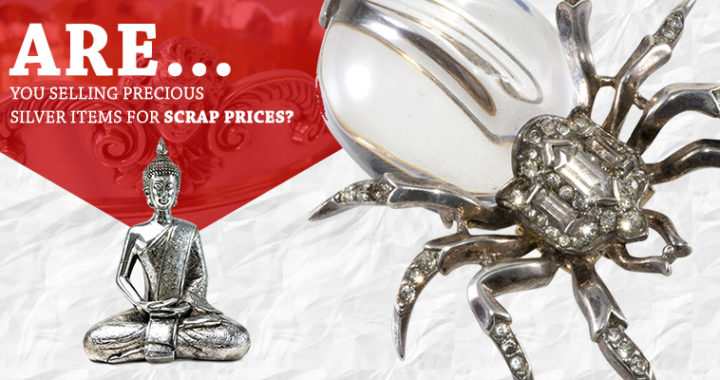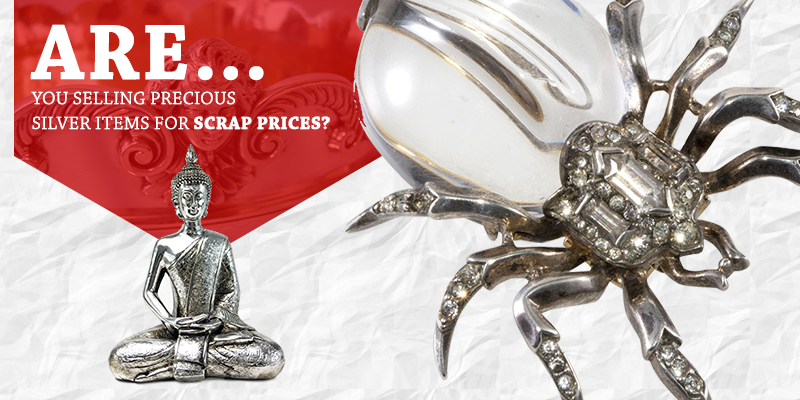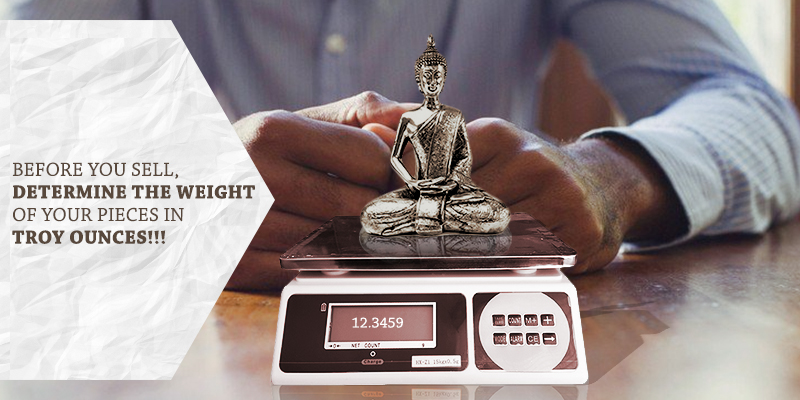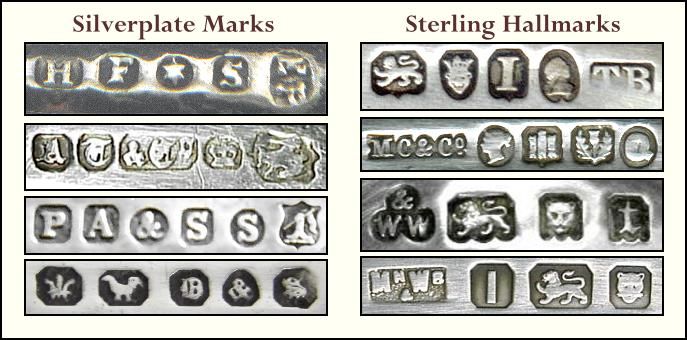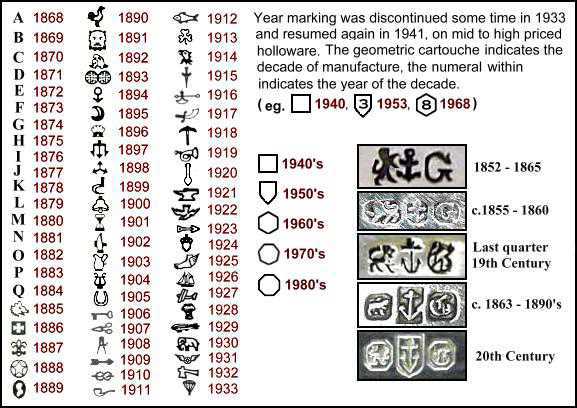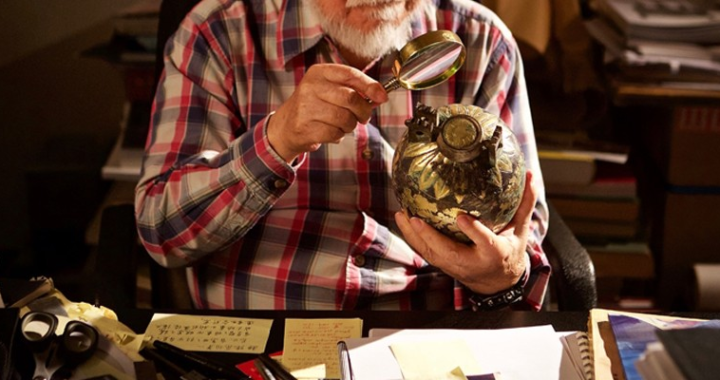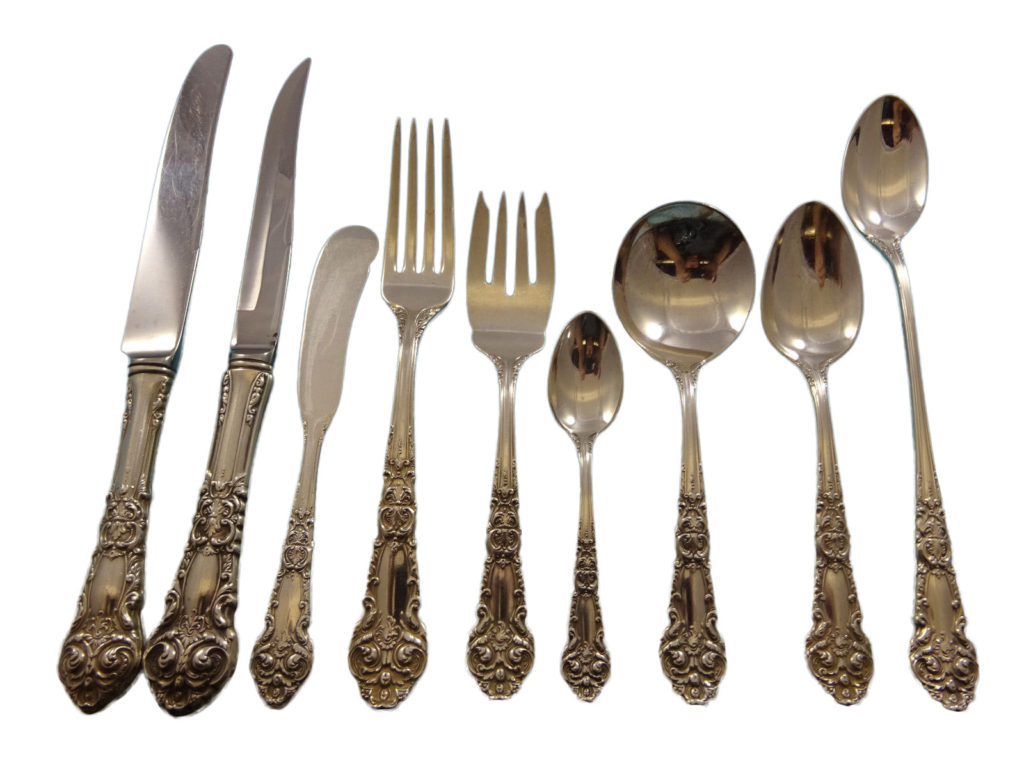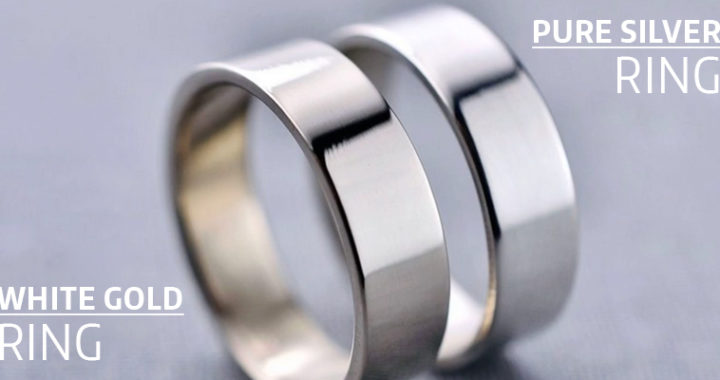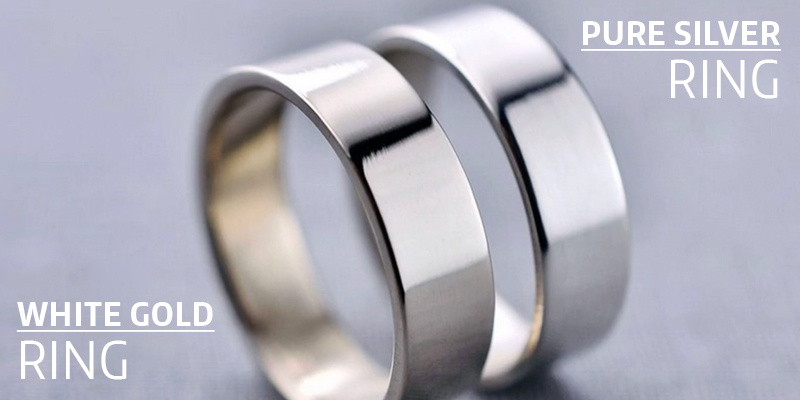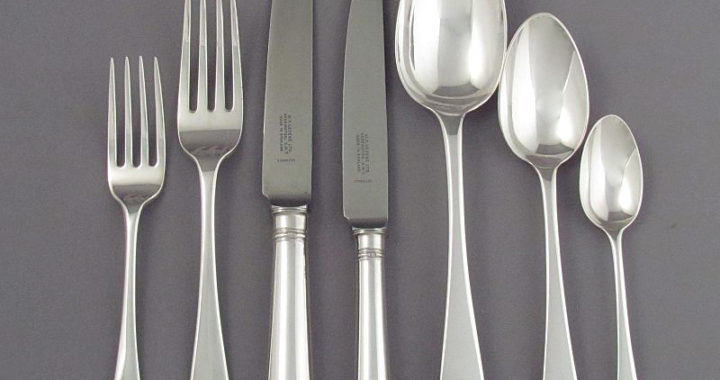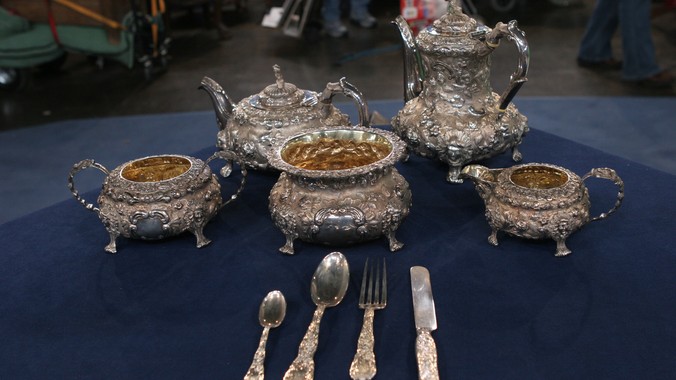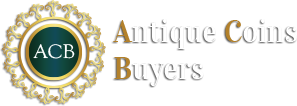Determining the true value of antique silver pieces requires a combination of knowledge, research, and expertise. By following these steps, you can accurately determine the value of your antique silver piece and make informed decisions about selling or preserving it. Here are some steps to follow:
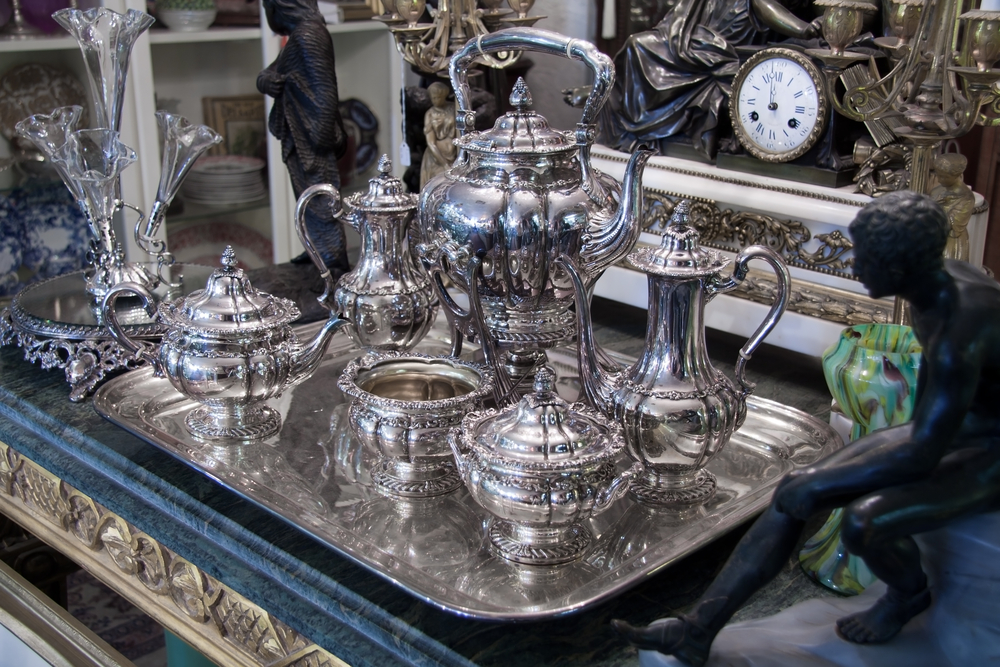
#1 – Identify the silver hallmark: The hallmark on silver items indicates the manufacturer, date, and purity of the silver. This is the first step in identifying the true value of your antique silver piece. It’s important to research the specific hallmarks of the manufacturer to determine the authenticity of the piece.
#2 -Evaluate the condition: The condition of an antique silver piece is a critical factor in determining its value. Silver pieces with scratches, dents, or other damage will have a lower value than those in excellent condition. Restoration and repairs may also impact the value.
#3 -Determine the rarity and demand: Rarity and demand are significant factors in determining the value of antique silver pieces. Items that are rare or in high demand will generally have a higher value than common items. Research the specific item to determine its rarity and demand.
#4 -Research the market: Research the market to determine the current value of the specific antique silver piece. Look at recent sales of similar items, and take into consideration the condition, rarity, and demand of your specific piece.
#5 -Seek professional appraisal: If you are unsure about the value of your antique silver piece, seek out the services of a professional appraiser. A reputable appraiser will examine the piece, identify the hallmark, evaluate the condition, and provide you with an accurate appraisal of its value.
#6 -Consider selling options: Once you have determined the true value of your antique silver piece, consider your selling options. You can sell it to a private collector, an antique dealer, or through an auction house. It’s important to research each option and determine the best fit for your specific item.
Here’s some additional information related to determining the true value of antique silver pieces:
If you have some antique silver pieces that you are interested in selling, you might be wondering – how much is silver worth? In order to get the best deal for your antiques, it is important that you know the value of your items, and fortunately, there are many places to look for this information. If you need to know the real silverware value of your collection, try out some of these helpful suggestions.
Check Out Online Antique Websites
The Internet is a great place to find out more about the antiques in your collection, including what they might be worth. You can check out online sale sites like Live Auctioneers and eBay to see what similar items are selling for. There are a lot of websites that attract antique enthusiasts, so you might also want to connect with others in an online forum to get opinions on your antique silverware value.
Walk Through an Estate Sale
An estate sale that is selling antique silver pieces similar to yours might also be a good place to find out more about your antique silverware value. Do some research online to find estate sales with antique silver on the list of sale items so that you don’t waste your time, and then take a walk through to see how those items are priced.
Consult with an Antique Dealer
If you have an antique silver piece and want to know how much it is worth, an antique dealer will be a good resource. Whether you want the value of an antique silverware set or silver jewelry, an antique dealer will have the knowledge and expertise to determine how much your collection is worth. With experience in antique silver pieces, knowledge of popular hallmarks, and the skill to determine sterling silver from silver plated items, you’ll leave with a good idea about the worth of your item.
At Antique Silver Buyers, we specialize in providing customers with a market analysis of their antiques. We can provide you with a pure silver, silverware value, or the amount your collection would likely sell for at an auction. If you are interested in selling, we’ll place a bid on your collection for just under the value. You’ll leave with money in your pocket without worrying about finding a buyer for your items.
Visit an Auction House
Auctioneers have experience with a variety of valuables and antiques, and they sell them off to the highest bidder. Chances are good that a local auction house or auctioneer has sold antique silver pieces just like yours, and they may remember how much the item sold for. An auctioneer might even be able to verify the authenticity of your antique silver piece, which is crucial in obtaining maximum value for your pieces.
Don’t sell your antique silver pieces for less than they are worth. If you want to get the maximum return on your antique investment, take the time to do your homework. When you know the true value of your antiques, you can work to get the best deal on their sale.
